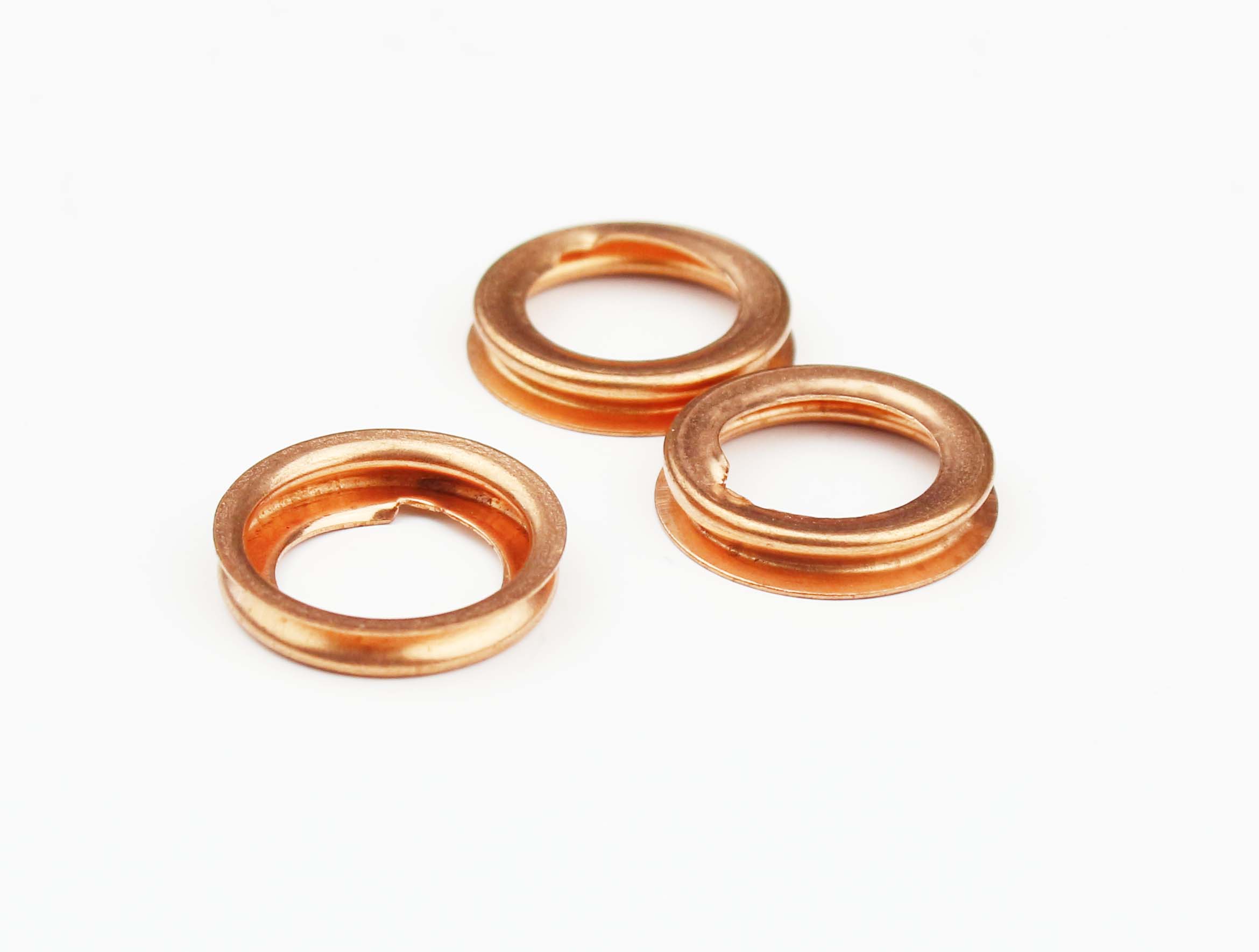Understanding Input Shaft Seals and Their Importance in Engine Performance
Understanding Input Shaft Seals Their Importance and Maintenance
Input shaft seals are critical components in various mechanical systems, particularly in vehicles and industrial machinery. They play a significant role in ensuring the longevity and efficiency of equipment by preventing the leakage of fluids, thus maintaining optimal operating conditions. This article delves into the importance, function, types, and maintenance of input shaft seals.
Importance of Input Shaft Seals
The primary function of an input shaft seal is to block the escape of lubricants and prevent the ingress of contaminants. Lubricants, such as oil or grease, are essential for reducing friction between moving parts. If leaks occur, it can lead to insufficient lubrication, resulting in increased wear, overheating, and ultimately, mechanical failure. Additionally, outside contaminants such as dirt and moisture can enter the system, further damaging components.
In automotive applications, the input shaft seal is often found in the transmission system, connecting the engine to the transmission. If the seal fails, it can lead to fluid loss, which affects the transmission's performance and can result in costly repairs. For industrial machinery, the input shaft seal is equally vital as it ensures the reliability of equipment operation, thus minimizing downtime and maintenance costs.
Function of Input Shaft Seals
Input shaft seals are designed to maintain a barrier against fluids. They typically consist of a rubber or synthetic material that is fitted snugly around the input shaft. Their design allows for rotation while maintaining a tight seal. Many seals also include a spring that helps maintain pressure against the shaft, ensuring that any small gaps that may develop during movement do not lead to leaks.
These seals are particularly effective because they can withstand varying temperatures and pressures, which are common in mechanical systems. They are also resistant to various chemicals, making them suitable for use in diverse environments.
Types of Input Shaft Seals
There are several types of input shaft seals, each designed for specific applications. The most common types include
1. Radial Lip Seals These are the most widespread and feature a flexible lip that conforms to the shaft. They are ideal for applications where dynamic sealing is necessary.
input shaft seals

2. Flat Seals These seals lay flat against the surfaces they seal and are commonly used in applications with low-pressure environments.
3. Rotary Seals Similar to radial lip seals, rotary seals are specifically designed for high-speed applications.
4. Double-Lip Seals These seals consist of two sealing lips and are employed in scenarios where additional protection against leakage is required.
Maintenance of Input Shaft Seals
Regular maintenance is crucial to prolong the lifespan of input shaft seals. Here are some best practices
- Inspection Periodically check for signs of wear, such as cracks or hardening of the rubber material. Any visible damage can lead to leaks and should be addressed promptly.
- Lubrication Ensure that the sealing surfaces are adequately lubricated. Insufficient lubrication can lead to increased friction and wear of the seal.
- Replacement Input shaft seals should be replaced according to the manufacturer’s recommendations or whenever significant wear is detected. Waiting too long can result in catastrophic failure of the equipment.
- Environmental Considerations Protect seals from harsh chemicals, extreme temperatures, and physical damage, as these factors can contribute to seal degradation.
In conclusion, input shaft seals are essential components that ensure the efficient operation of machinery and vehicles. Understanding their importance, function, and maintenance can greatly improve the reliability and performance of mechanical systems. Regular inspections and timely replacements are key to preventing costly repairs and ensuring that machinery operates smoothly.
-
Understanding the Front Main Engine Seal: Purpose, Maintenance, and Installation
News Jul.29,2025
-
Understanding O-Rings and Seal Rings: Types, Applications, and Custom Solutions
News Jul.29,2025
-
Understanding Crankshaft Oil Seals: Rear Seals, Pulley Seals, and Their Role in Engine Integrity
News Jul.29,2025
-
The Importance of Front and Rear Crankshaft Seals in Engine Performance and Oil Management
News Jul.29,2025
-
Crank Oil Seals: Functions, Types, and Cost Considerations in Engine Maintenance
News Jul.29,2025
-
A Comprehensive Guide to O-Rings and Seals: Types, Materials, and Global Applications
News Jul.29,2025
-
Mastering Diesel and Performance Engine Maintenance: A Guide to Critical Oil Gaskets
News Jul.28,2025
Products categories















